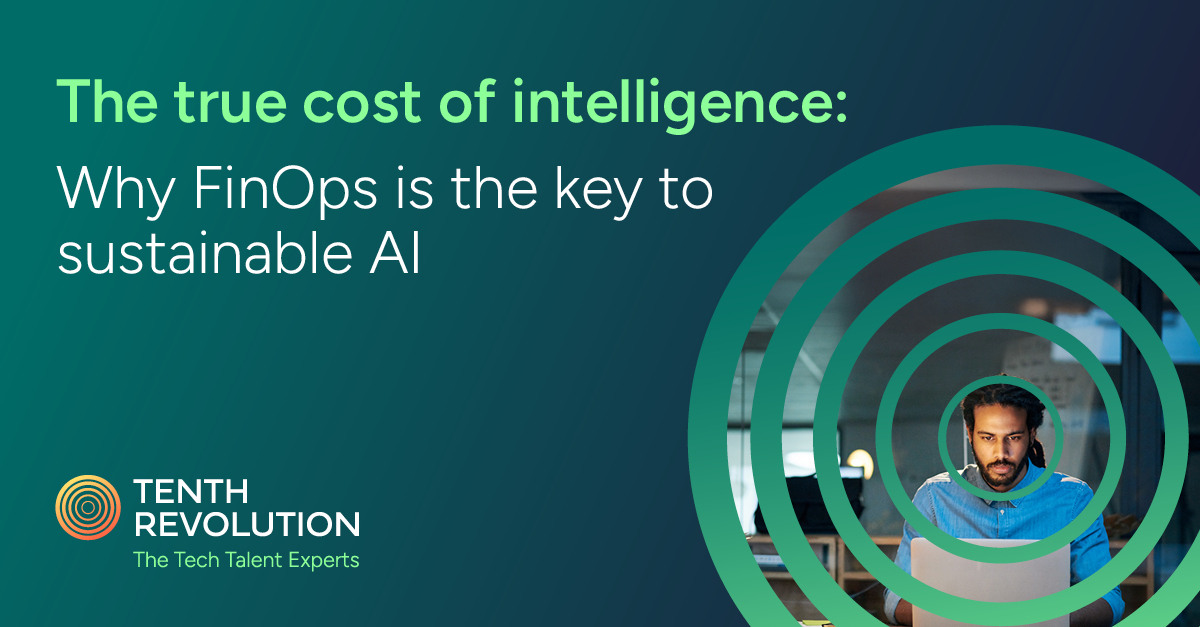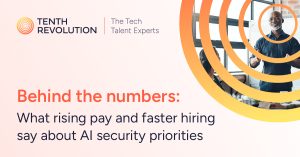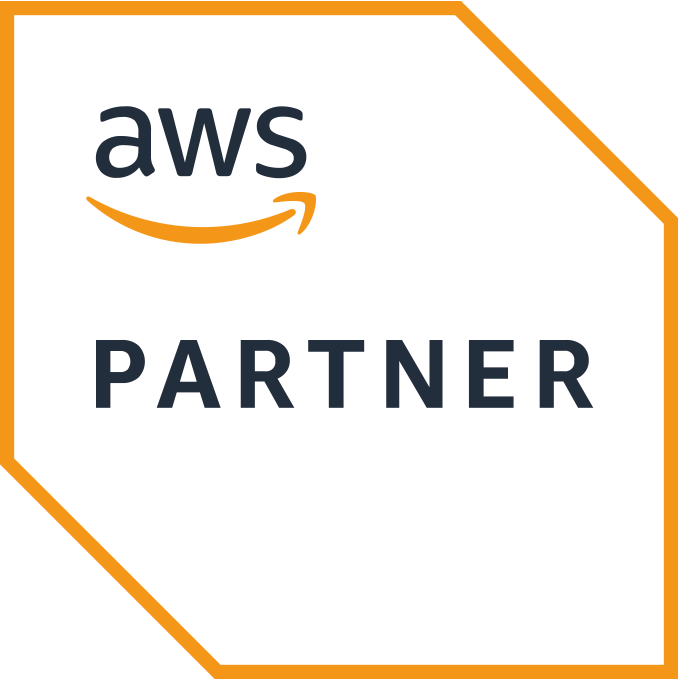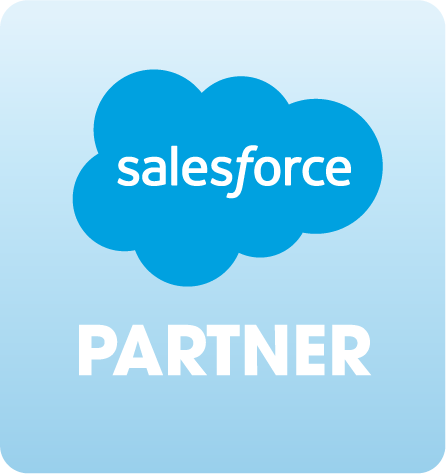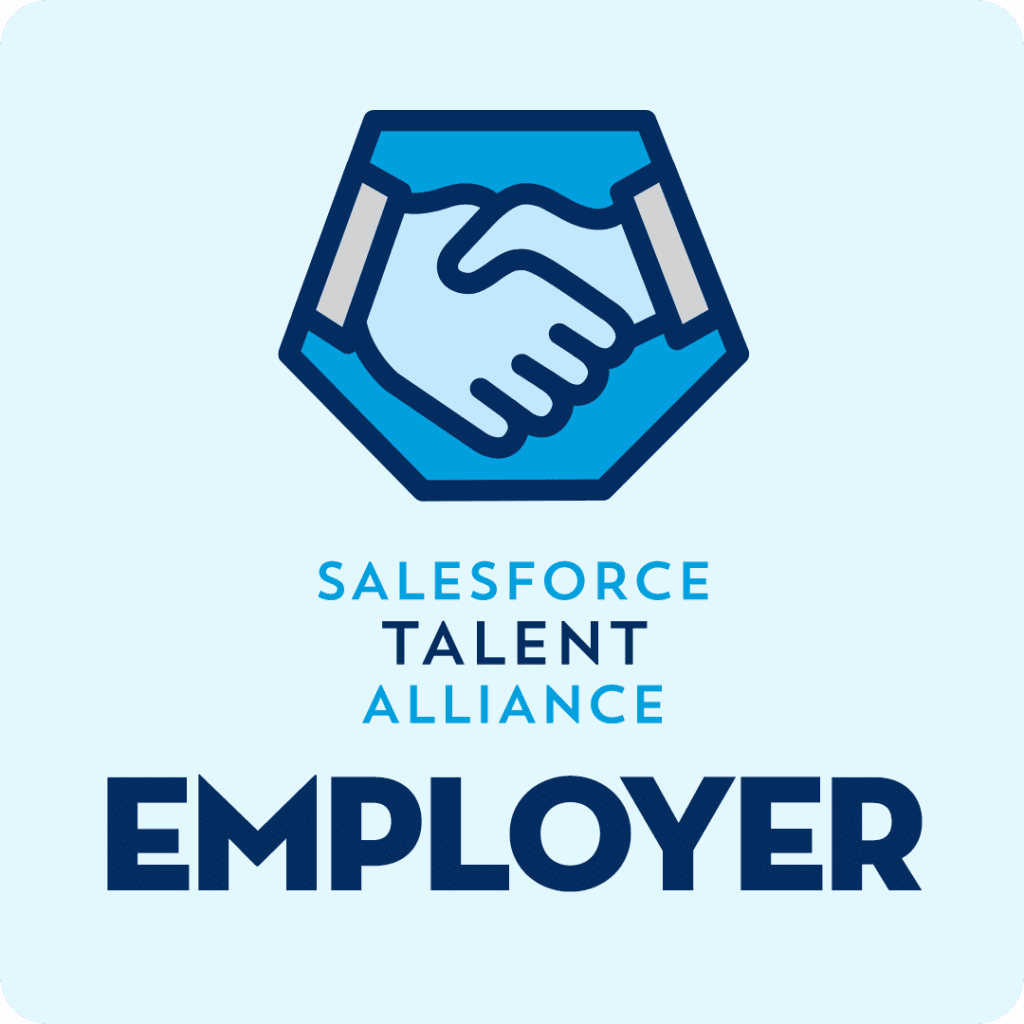The hardest part of enterprise AI is making it financially sustainable.
Training, fine-tuning, and running inference all draw from the same expensive compute pool, and costs rise quickly once AI becomes part of daily operations. The organizations that stay ahead treat AI economics as a core discipline, using Financial Operations (FinOps) practices designed specifically for models, data pipelines, and inference workloads.
The new economics of intelligence
Modern AI relies heavily on compute resources, from high-performance GPUs (graphics processing units) to large-scale data infrastructure. Without visibility across these systems, costs can spiral due to retraining spikes, over-sized models, or inefficient inference.
FinOps for AI brings financial accountability into every stage of the model lifecycle. It extends traditional cloud cost management to include architecture choices, data flow design, and deployment strategies, giving leaders full transparency into how their AI operations affect the bottom line.
Cross-functional talent plays a crucial role here. Tenth Revolution Group helps companies find and hire professionals who can translate GPU metrics into business KPIs and design architectures that balance cost and performance effectively.
What FinOps for AI actually means
FinOps, short for Financial Operations, is a cloud management framework that aligns engineering, finance, and business teams around shared visibility and accountability for spending. In the context of AI, FinOps for AI adapts these practices to manage model training, fine-tuning, and inference costs.
In practice, this means:
- Forecasting model costs before deployment using benchmarking and simulation tools
- Tracking GPU utilization to ensure capacity is matched to demand
- Automating scaling to prevent over-provisioning during low traffic periods
- Reporting cost per model or use case so leaders can assess ROI at a granular level
By integrating FinOps into AI operations, businesses can make smarter trade-offs between accuracy, latency, and expense—turning financial control into a strategic advantage.
When AI costs reach the boardroom
CFOs increasingly expect clear connections between GPU spend and measurable value creation. CIOs need cost predictability across fluctuating inference workloads. Boards want assurance that AI investments scale responsibly rather than exponentially.
Formalizing FinOps for AI brings finance and engineering teams together to forecast model costs, benchmark efficiency, and establish optimization rules before deployment. This alignment creates a shared language around value and sustainability that reduces friction and improves decision-making.
Many organizations are now creating hybrid roles that blend financial and technical expertise. These professionals can model AI budgets, right-size deployments, and maintain inference efficiency across projects. Tenth Revolution Group helps businesses find and hire professionals who combine technical fluency with strong commercial awareness to manage AI economics effectively.
Building sustainable intelligence
Emerging FinOps practices help organizations balance cost, performance, and environmental impact:
- Cost per thousand tokens (CPTT): Track generation costs at the unit level to understand usage patterns
- Energy-adjusted performance: Factor power consumption into model and inference choices for greener operations
- Dynamic scheduling: Run resource-intensive jobs during off-peak or lower-cost compute windows
- Model right-sizing: Use the smallest viable model for each task, with defined fallbacks for heavier workloads
These approaches make financial oversight part of engineering discipline, improving both resilience and predictability.
Turning visibility into advantage
As cost data becomes embedded in every decision, leaders can more accurately balance speed, precision, and spend across use cases. Financial discipline often drives improvements in data quality, infrastructure optimization, and sustainability efforts.
Over time, organizations that apply FinOps for AI build stronger governance, cleaner architecture, and a durable competitive edge. They can scale confidently, knowing their innovation strategy is financially sound.

